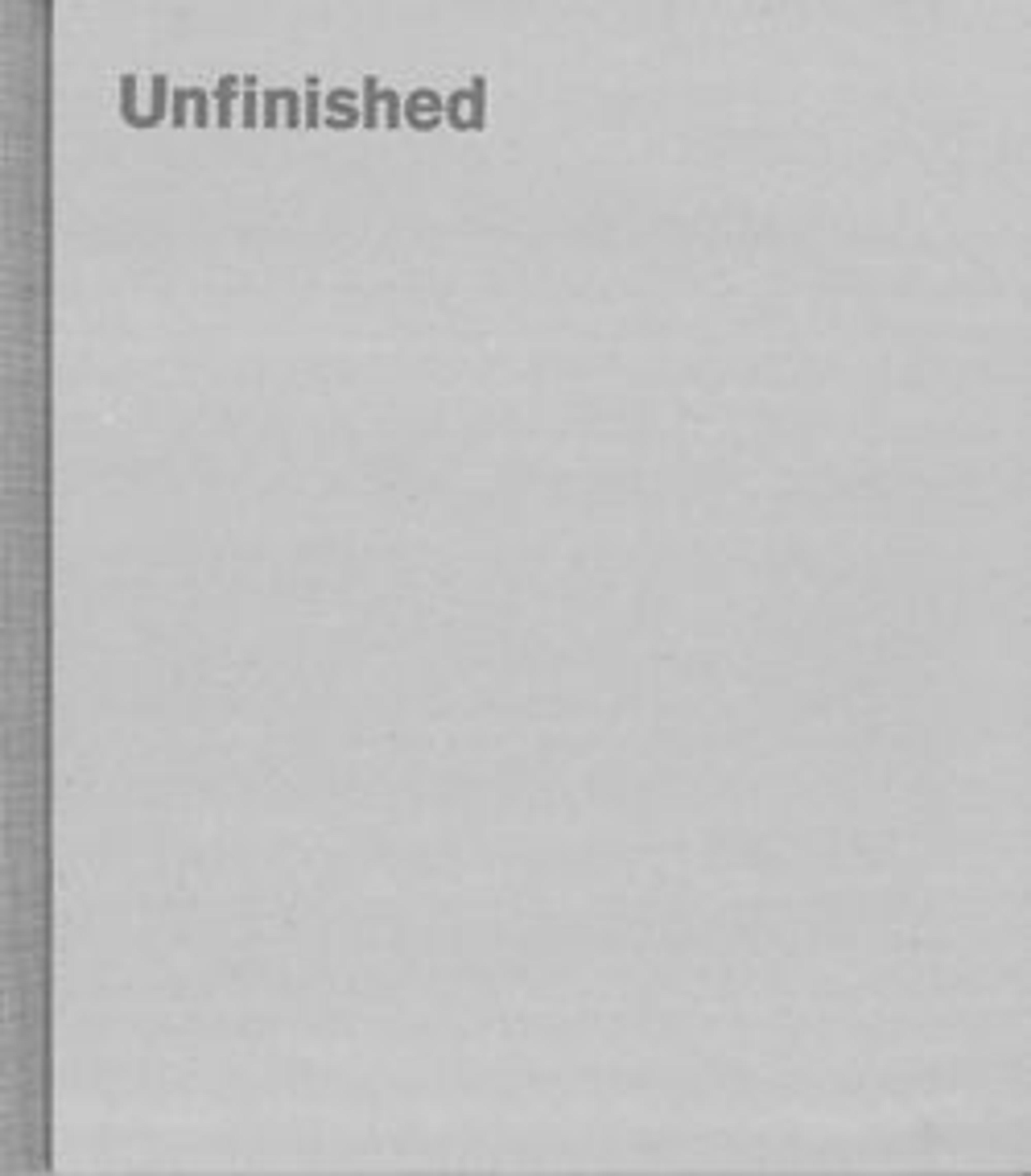The Hand of God
Artwork Details
- Title: The Hand of God
- Artist: Auguste Rodin (French, Paris 1840–1917 Meudon)
- Date: original model before 1895, carved ca. 1907
- Culture: French
- Medium: Marble
- Dimensions: Overall (confirmed): 29 × 23 3/4 × 25 1/4 in., 508 lb. (73.7 × 60.3 × 64.1 cm, 230.4 kg)
- Classification: Sculpture
- Credit Line: Gift of Edward D. Adams, 1908
- Object Number: 08.210
- Curatorial Department: European Sculpture and Decorative Arts
Audio
523. The Hand of God
NARRATOR: In this sculpture, the artist Rodin stages a permanent play between a highly finished and a non-finito surface. How does this choice impact our response? Research Associate, Eva Reifert.
EVA REIFERT: What we see is a roughly-hewn base of marble, and out of it rises a hand that is clearly not of human scale, so that already tells us that something sublime and very noble is going on here. We could think of the hand as the hand of the creator, as the hand of God, that rises out of the clouds or out of fog. That's an image that we know from medieval manuscripts, and even way earlier.
NARRATOR: The hand clasps two figures, a man and a woman—possibly Adam and Eve at the moment of their creation. But the sculpture might also have another meaning.
EVA REIFERT: Free of any Biblical context, we could also think of it as the sculptor’s hand that creates art out of unformed matter. Maybe one could even think of this image that Rodin gives us as a reflection on his own creative process.
NARRATOR: The original title of the piece, “The creation,” captures both meanings - the hand of God, and the hand of the sculptor. Rodin masterfully balances different surface qualities: rough, unformed matter contrasts with the smooth skin of the hand and bodies. The same highly evocative contrast appears in the work of the Renaissance sculptor, Michelangelo. Rodin saw some of his incomplete sculptures during his trip to Italy in 1876 and they made a huge impression on him.
EVA REIFERT: So something that was an unintentional trait in Michelangelo’s sculptures, here in the 19th century is being picked up by this great French sculptor, Rodin, to express a transitional process; really the process of becoming.
More Artwork
Research Resources
The Met provides unparalleled resources for research and welcomes an international community of students and scholars. The Met's Open Access API is where creators and researchers can connect to the The Met collection. Open Access data and public domain images are available for unrestricted commercial and noncommercial use without permission or fee.
To request images under copyright and other restrictions, please use this Image Request form.
Feedback
We continue to research and examine historical and cultural context for objects in The Met collection. If you have comments or questions about this object record, please complete and submit this form. The Museum looks forward to receiving your comments.
